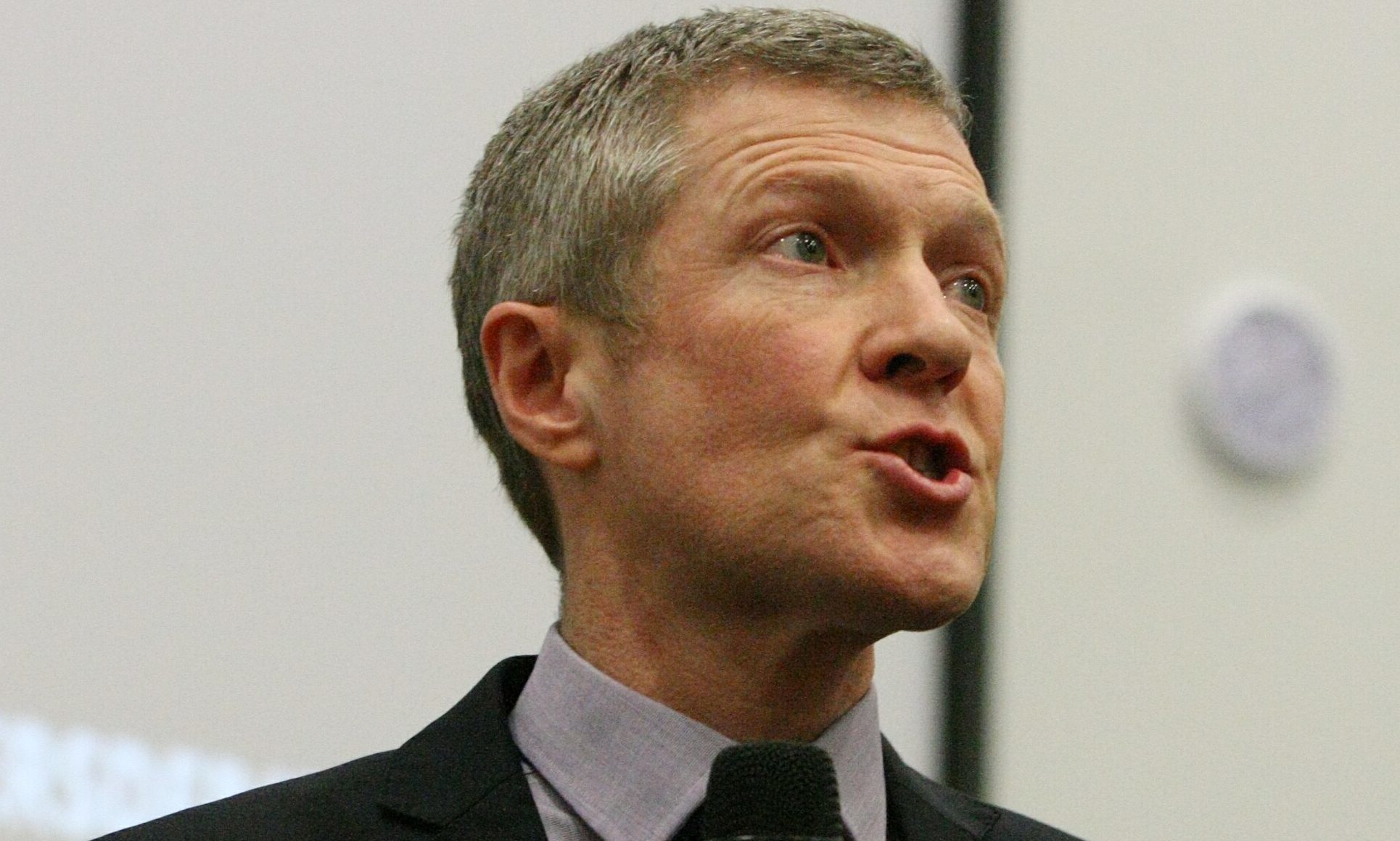The Scottish Liberal Democrats leader has been accused of misleading the public with a tactical voting ploy for the council elections.
Willie Rennie, the North East Fife MSP, is trying to get Conservative voters to back Lib Dem candidates in his constituency to protect the Union – arguing that supporting the Tories will “help the SNP”.
Mr Rennie said a split in the Unionist vote will play into the Nationalists’ hands by handing them first place in individual council wards.
But the Scottish Conservatives say there is no such thing as first place, with candidates simply filling councillor positions in no particular order under the single transferable vote system.
Roger Guy, a former Tory councillor and Fife resident, said Mr Rennie has been spreading “misleading information” to steal voters from the Conservatives.
In the letter to potential voters, Mr Rennie said: “The Liberal Democrats are the only ones who can stop the SNP coming first here in May. Every Conservative vote will help the SNP.”
A Scottish Liberal Democrat spokesman said that having a pro-Union councillor elected first in North East Fife wards will send a message that the area does not want a second independence referendum.
Professor John Curtice, a respected pollster, accepted Mr Rennie’s point that if voters opt for the Conservatives ahead of the Lib Dems that could help the SNP win the first candidate placing in a given ward.
But he questioned the value of that because top placing does not alter how many councillors from each party are elected.
“I think there is no doubt that across Scotland as a whole, parties will use their share of first preference votes to make their point on the constitution, but I can’t see that being relevant on such a local level,” he said.
He added: “The Tories are doing well in the polls and they have also performed well in local by-elections, so it may be the Lib Dems are more worried about the Conservatives than the SNP.”
A spokesman for the Scottish Conservatives said the Lib Dems have “form for misleading voters when it comes to election prospects”, adding: “As previous elections tell us, this tactic of deceit simply doesn’t work.”
An SNP spokeswoman said: “This is desperate stuff from the Lib Dems – having to appeal for Tory votes.”
Unlike Westminster and Holyrood elections, the STV system allows voters to back multiple candidates by ranking them in order of preference. The local elections for all 32 councils in Scotland take place on May 4.
